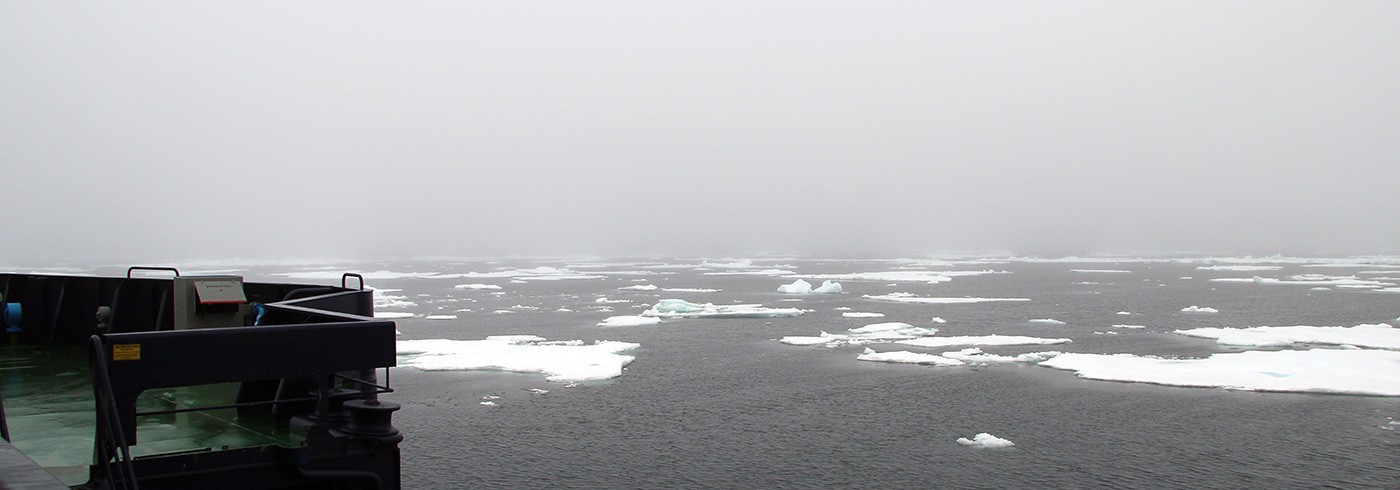Radar for measuring sea ice thickness
18 September 2015 - 2 October 2015Vessels that sail in ice-covered areas disturb the sea ice and trigger a number of processes. The vessel may break the ice sheet into smaller fragments that interact with one another, the water, and the vessel hull. Ice also behaves in different ways depending on whether the ice field consists of relatively solid or broken-up ice. The ability to calculate ice thickness is very important for researchers who make predictions about the behaviour of sea ice in real time, as well as for vessels travelling in areas covered with sea ice.
Ice radar systems are used to measure snow and ice depths on glaciers and inland ice sheets in places such as Antarctica and the Swedish mountain range. The same ice radar systems were used during the OATRC 2015 expedition to measure the thickness of the ice surrounding the vessels.
The goal of the project is to find a simple means of mapping sea ice thickness while a vessel is in motion, while finding a way to display the data in real time. During the expedition, we tested whether a simple array of antennas installed on the icebreaker Oden could do that and, if so, what frequencies should be used to optimise the results.
Overall, the systems we tested yielded excellent results, but two problems did arise during the expedition: first, there was water on top of the ice and, second, the ice contained a layer of salt solution, which could cause the reflecting radar pulse to vanish. There are two ways of getting around these problems: one is to lower the radar frequency to achieve better penetration, and the other is to boost the radar signal so that we can also capture the weak reflections.




